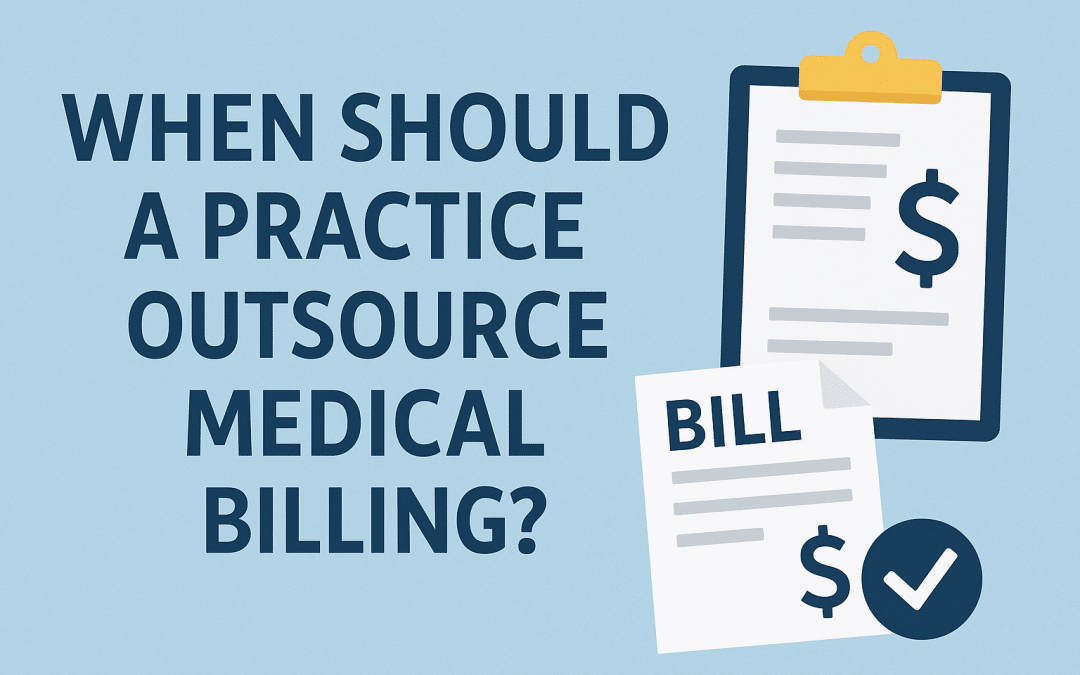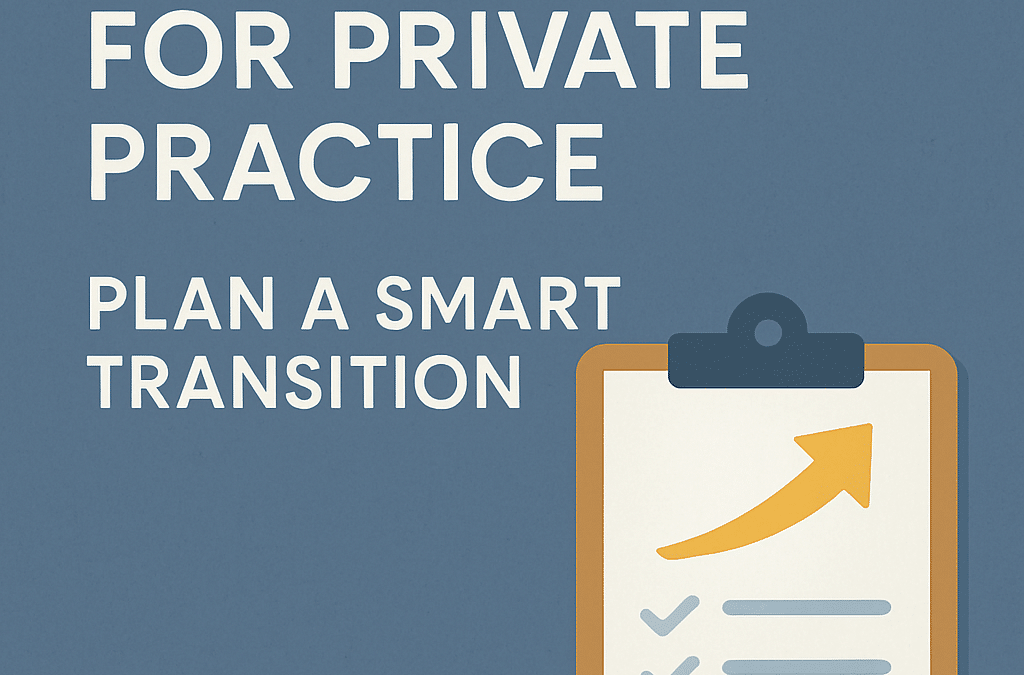Effective Workplace Communication for a Thriving Culture
Dear past self,
Lately, I’ve been talking a lot about the importance of fostering a positive company culture. At the core of that culture is effective workplace communication—not just the words we use, but also how we convey them, the methods we choose, and the environment we create for open dialogue.
Strong communication ensures that employees feel heard, valued, and empowered, leading to greater collaboration, innovation, and productivity. Below are some key strategies for effective workplace communication and positive feedback techniques that will help create a thriving, engaged team.
1. Open Door Policy: Building a Foundation for Effective Workplace Communication
A company culture that encourages open dialogue builds trust and transparency. When employees feel comfortable approaching leadership with ideas, concerns, and feedback, it creates an environment where everyone feels valued and included.
How to Implement an Open Door Policy Effectively:
- Be Approachable – Leaders should actively invite feedback and welcome discussions without judgment.
- Follow Through on Conversations – If employees share concerns, take action or provide updates so they know their input matters.
- Encourage Idea-Sharing – Let team members know that innovation comes from all levels, not just leadership.
When employees feel psychologically safe, they are more likely to engage, contribute, and stay committed to the company’s mission.
2. Active Listening: Strengthening Team Connections
Communication is a two-way street—it’s not just about speaking, but also about truly listening to others. Active listening ensures employees feel acknowledged and valued.
Improving Active Listening Strengthens Effective Workplace Communication:
- Maintain Eye Contact & Open Body Language – Show employees you are fully engaged in the conversation.
- Ask Clarifying Questions – Ensure you understand their perspective before responding.
- Repeat & Summarize Key Points – This confirms understanding and helps avoid miscommunication.
By listening with intention, leaders nurture empathy, respect, and stronger team relationships—all key elements of effective workplace communication.
3. Clear and Concise Messaging: Eliminating Ambiguity
Unclear communication leads to confusion, inefficiency, and frustration. Whether it’s setting company goals, providing instructions, or sharing updates, clarity is essential.
Best Practices for Clear Communication:
- Be Direct and Specific – Avoid vague language and get to the point.
- Use Multiple Communication Channels – Emails, meetings, and digital tools should all align in messaging.
- Encourage Questions – Ensure employees feel comfortable asking for clarification when needed.
When communication is concise and easy to understand, employees can focus on their work with confidence, leading to higher productivity and engagement.

marketing strategies for clinics
4. Constructive Feedback: A Key Element of Effective Workplace Communication
Feedback is one of the most powerful tools for professional development, but it must be delivered constructively and with care. Avoiding feedback altogether is harmful, as it signals a lack of investment in an employee’s success.
How to Deliver Constructive Feedback Effectively:
- Be Specific – Vague feedback isn’t helpful. Clearly outline what’s working and what needs improvement.
- Use a Growth Mindset Approach – Frame feedback as an opportunity to grow, not just criticism.
- Balance Praise with Areas for Improvement – Employees should feel encouraged, not defeated.
When done right, feedback builds trust, strengthens skills, and fosters a culture of continuous learning—all essential for effective workplace communication.
5. Recognition and Appreciation: Motivating Your Team
Employees who feel appreciated and valued are more likely to be motivated, engaged, and committed to their work. Recognition isn’t just about praising accomplishments—it’s about making employees feel seen and valued on a regular basis.
Keys to Effective Employee Recognition:
- Be Specific – Instead of just saying “Great job,” highlight exactly what the employee did well.
- Make It Sincere – Generic recognition feels forced; personalize it for genuine impact.
- Give Frequent Acknowledgment – Recognition shouldn’t be limited to annual reviews—it should be part of your daily culture.
A culture of recognition fosters motivation, strengthens loyalty, and encourages employees to go above and beyond.
6. Regular Check-ins and One-on-Ones are Vital to Effective Workplace Communication
Scheduled one-on-one meetings and team check-ins provide opportunities for personalized communication, allowing employees to discuss concerns, progress, and goals in a meaningful way.
Benefits of Regular One-on-One Meetings:
- Leaders Gain Deeper Insights – Direct conversations help identify challenges and opportunities within the team.
- Employees Feel Heard – Personal meetings build trust and stronger relationships between managers and employees.
- Encourages Continuous Alignment – Check-ins ensure that everyone stays on the same page regarding expectations and objectives.
Consistent communication ensures that employees remain engaged, supported, and aligned with company goals.
7. Embrace Diversity and Inclusion: Strengthening Team Communication
Diversity brings new perspectives, ideas, and innovations to the workplace. Inclusive communication ensures that every voice is heard and valued, leading to better decision-making and team cohesion.
How to Foster Inclusive Communication:
- Encourage Different Perspectives – Create a space where employees feel comfortable sharing unique ideas.
- Use Inclusive Language – Ensure communication is respectful and free from bias.
- Actively Seek Input from Underrepresented Voices – Make sure all team members feel included in discussions and decision-making.
When teams embrace diversity and inclusion, they collaborate more effectively and make stronger, more informed decisions.
Final Thoughts: Effective Workplace Communication Leads to Success
By incorporating these communication strategies and positive feedback techniques into your company culture, you create an environment where employees feel valued, engaged, and motivated to succeed.
Strong communication isn’t just about exchanging information—it’s about building trust, fostering collaboration, and inspiring continuous growth.
What’s Next?
Start implementing these best practices today and see how effective workplace communication transforms your organization. When employees feel heard, respected, and appreciated, your company thrives! As communication improves, information moves freely throughout the workplace and leads to more people being involved. Soon you will see employees that are invested in what they do and working hard to strengthen the practice.
This is the eighth article in the series titled Lessons for Success that are a collection of letters from our CEO Tyson Hatch. In his many years working in the healthcare industry he has learned a lot and these letters are some of the insights that he wished he could have received much earlier in his career. He hopes that as others are able to read the words he wishes he could tell his past self that they can benefit the same way that he knows that he would have. If you have questions of found this advice to be useful, contact us about how we can help your practice surpass its goals









